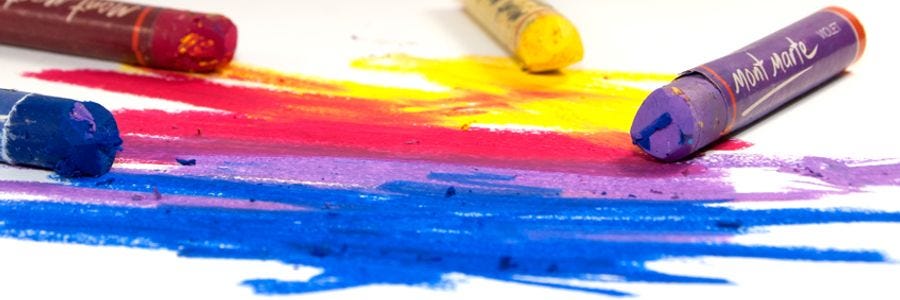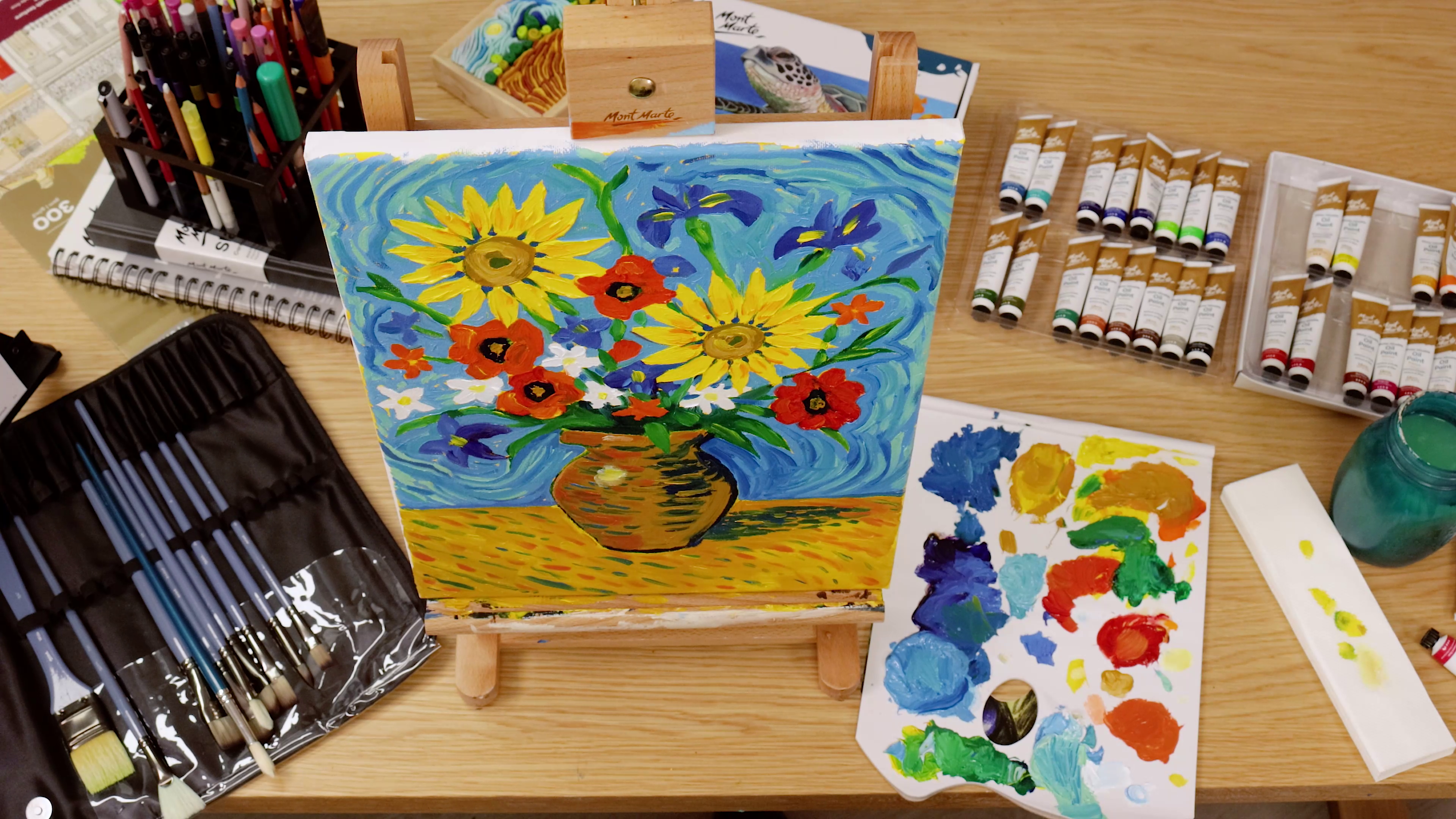Oil pastels are well-known for their combined characteristics of pastels and wax crayons. However, you may not know that just about any technique you can utilise with oil paints can also be employed with oil pastels.
Here are a few techniques that you might like to explore to create some truly amazing effects.
General Use
Scumbling, hatching, drawing, pointillism, expressive strokes or carefully blended passages are all possible using dry oil pastels.
Sketching Under Oil Pastels
Start out with sketching a contour drawing on watercolour paper, sanded pastel paper or your choice of surface.
Underpainting
Underpainting is another useful technique to master. By adding a wash or a flat underpainting under different areas in your project, you can eliminate the white flecks from white paper, create richer colour or use complements to build interest.
Blending
Oil pastels can be mixed on the page or even on a palette. You can blend them to produce smooth gradients or realism. An ideal tool to achieve these effects is a blending stump.
Wet Effects
A heavy application of oil pastels can be smoothed with a wash or blended. You can also employ this technique if you use odourless turpentine, linseed and other oils.
Create a Wash
Any solvents you use for oil painting such as odourless turpentine substitute, turpentine or Zest-it citrus thinner can be used to achieve the same effects as water with water-soluble oil pastels.
Tonal Layering
Creating smooth tonal layers without distinct thick or thin areas and strokes is an important technique for realism. These layers of broken colour can either work well by themselves, or be blended into smooth transitions with a lighter colour.
Sgraffito
Used, dry oil pastels handle in ways similar to soft pastels – and you can do things you'd never think of trying with standard pastels – like sgraffito. Lay down one colour and blend it smooth, then cover it with a lighter or darker cover. Scraping through the outer layers reveals the first colour you put on.
If you want white details revealed, just use white for your first layer.
Heat
You can use temperature to alter the softness or hardness of an oil pastel. If it seems like your work won't take any more layers, warm the sticks with your fingers or dip them in warm water.
Use Different Surfaces
Every type of paper, board, canvas, wood or glass you work on will demand different techniques, but will also yield differing results. Experiment on as many surfaces as you can get your hands on!
So if you're bored with paint, give oil pastels a try. And if you've created anything new, let us know! Post your creation to Instagram and show us by hash tagging your image in the title #montmarteart.





























